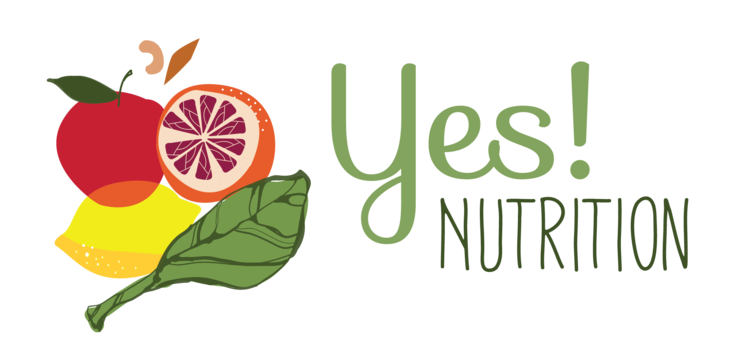What's In Your Meal Replacement Shake?
They’re quick. They’re convenient. And when it comes to weight loss or better health, they seem to be the silver bullet. “Just drink these shakes and eat your bars and have one healthy meal a day and you’ll be as slim as you were in high school in a second,” their ads seem to proclaim.
From Atkins to Slimfast, I roll my eyes. How can something with sugar or artificial sweeteners, isolated proteins, and copious amounts of preservatives serve as a foundation for better health? Recently, Soylent, another meal replacement liquid has hit the market. The company writes that it has been “optimized for nutrition” with “everything you need, yet nothing you don’t” and while it does contain vitamins and minerals that you need, those tiny nutrients are carried in a mixture of canola oil, isolated soy proteins, sucralose (an artificial sweetener), and artificial flavors.
At the same time, Vital Cuisine launched its new line of protein nutrition shakes. You’ll read on their website that the bottles contain 25 grams of protein (great!), only 3 grams of sugar (wowza!), that they are packed with nutrition, and that they are approved by the “Cancer Nutrition Consortium.” Yet a closer look at the ingredients show again that the shake is a vitamin and mineral blend carried by a not-so-pretty vehicle of hard to digest proteins, artificial flavors, and artificial sweeteners. It’s almost like these products are telling us: here have this liquid candy bar and a multi…you’ll be fine.
Now I don’t want to be the bearer of bad news and tell you that your solution to better quality nutrition simply can’t be found in a packaged product. It does exist; it is just that the marketing of the poor quality choices taints your view to the better quality options. I don’t need to tell you that vegetables and whole grains are healthy (you probably already know that, smarty pants!), but they need to tell you that a sugar-rich shake is.
So what can you do if you want a healthy meal replacement liquid with better quality ingredients?
Meet Liquid Hope. It’s the world’s first (and only!) of its kind. It’s a meal replacement and tube feeding formula (but don’t let that scare you, it tastes great!) made with whole food ingredients like garbanzo beans, green peas, quinoa, kale, and broccoli. It is nutritionally complete – meaning just like those listed above, there is a vitamin/mineral blend which is added so that, if this were the only thing you were to drink in a day, you would get all the required nutrition you need. Unlike others, the carrier of the vitamins and minerals is 16 whole food ingredients. Liquid Hope is free of added sugar gluten, soy, corn, and dairy, so for those who have those allergies, intolerances, or simply want to avoid those ingredients, they can. Liquid Hope’s ingredients are plant based and are also certified organic, something that no other product in the meal replacement and feeding tube formula space currently offers.
I love it when Liquid Hope is warmed on the stove and eaten as a soup, but others like it when mixed with frozen fruit to create a smoothie. In fact, I’ve even heard of some people using it as a nutritious liquid to cook their brown rice or quinoa or using it as a foundation in a pasta sauce.
Now, if you don’t want to have a packaged product every day, that’s a-okay by me! That’s what your kitchens and blenders are for...so use them! Get in the kitchen and mix up some frozen fruit, leafy greens, a quality protein, and some type of healthy fat (like avocado for extra creaminess, chia seeds, or hemp seeds). Add in seasonal flavors – you can bet I’m doing strawberries in the spring and pumpkin in the fall. Create soups with vegetables...I love a simple broccoli soup made with broccoli, vegetable broth, and Greek yogurt! You can even blend ingredients like chickpeas or lentils to lend creaminess and thickness, but also a hefty dose of protein and fiber to keep you feeling full longer.
How can we possibly expect to reach better health without the addition of whole food ingredients and instead with sugar and a vitamin blend? I believe we simply can’t! I hope you’ll join me in sharing news that these poor choices lent themselves entry into the #HealthHallofShame (my and Ashley Koff’s shared Pinterest board) and I also hope you’ll join me in promoting and choosing better alternatives.
Disclosure: Because I love the products, I work with Functional Formularies, the makers of Liquid Hope and Nourish, two feeding tube formulas and meal replacements made with organic, whole food, and plant-based ingredients. I was not compensated to write this post and my professional opinion remains my own.


